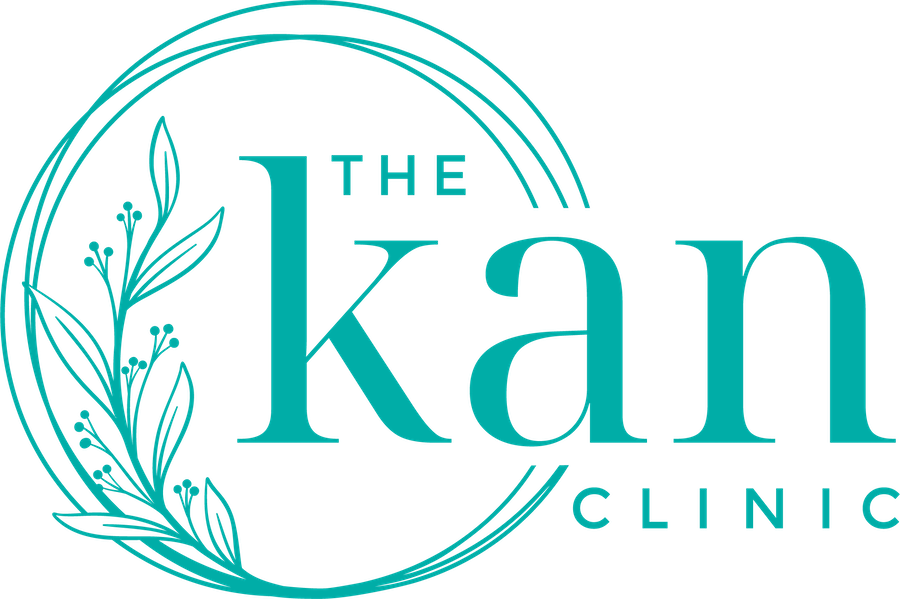Harness the Power of Phytoestrogens: A Hormone Balancing Recipe for Menopause
Phytoestrogens are naturally occurring compounds found in certain plants that have a similar structure to oestrogen, a primary female sex hormone. They bind to oestrogen receptors in the body, providing a mild oestrogenic effect, making them a particularly useful ‘food as medicine’ option for perimenopause and menopause.
Phytoestrogens exert their beneficial effects via:
Oestrogen receptor binding: phytoestrogens can bind to oestrogen receptors, helping to balance oestrogen levels.
Antioxidant properties: they also have antioxidant effects, which help reduce oxidative stress and inflammation.
Hormonal regulation: by modulating the endocrine system, phytoestrogens can help alleviate the severity of hormonal imbalances during menopause.
These mechanisms may help the management of some menopausal symptoms including:
Reduced hot flashes and night sweats: phytoestrogens may help alleviate vasomotor symptoms, making them a natural alternative to hormone replacement therapy (HRT).
Bone health: they may support bone density and reduce the risk of osteoporosis by mimicking oestrogens protective effects on bones.
Heart health: phytoestrogens may improve cardiovascular health by reducing cholesterol levels and improving arterial function.
Mood and cognitive function: these compounds may help stabilise mood swings and support cognitive health by balancing hormone levels.
Phytoestrogens can be found in various plant foods including:
Soy products including organic/non-GMO tofu, tempeh, soy milk, and edamame
Freshly ground flaxseeds
Legumes such as chickpeas, lentils, and beans
Nuts and seeds including sunflower seeds, sesame seeds, and almonds
Whole grains like oats, barley, and whole wheat
And in lower levels, some fruits and vegetables including berries, apples, and carrots
This ultra-nourishing Quinoa and Edamame Bowl is full of nutrients and phytoestrogens, and is designed to support hormone balance throughout menopause. Packed with whole grains, healthy fats, vegetables, and a good source of protein, this bowl is both satisfying and delicious! Recipe below…
Hormone Balancing Quinoa and Edamame Bowl
Ingredients
For the bowl:
1 cup quinoa, rinsed
2 cups water or broth
1 cup shelled edamame (you can use from frozen here)
1 cup chopped kale
1 cup shredded carrots
1/2 cup cherry tomatoes, halved
1/4 cup red onion, thinly sliced
1/4 cup cucumber, diced
1/4 cup chopped fresh parsley
For the dressing:
3 tablespoons extra-virgin olive oil
2 tablespoons lemon juice
1 tablespoon apple cider vinegar
1 tablespoon tahini
1 teaspoon Dijon mustard
1 clove garlic, minced
Salt and pepper to taste
Instructions:
In a medium pot, bring the quinoa and water (or broth) to a boil. Reduce the heat to low, cover, and simmer for about 15 minutes, or until the water is absorbed and the quinoa is tender. Fluff with a fork and set aside.
Cook edamame according to package instructions and drain.
In a small bowl, whisk together all the dressing ingredients until combined, and set aside
In a large bowl, combine all the bowl ingredients. Drizzle the dressing over the top and toss to coat everything evenly.
Divide the quinoa mixture into serving bowls and enjoy!
Optional: sprinkle with ground flaxseeds and sesame seeds to serve!
Good nutrition forms a solid foundation for overall health, and using food as medicine is a leading component of naturopathic medicine! If you’re curious to know what you can do to optimise your diet, book in with one of our practitioners below!
Interested in More Tips and Naturopathic Insights?
Subscribe to our newsletter to receive expert advice, health tips, and updates directly to your inbox!

